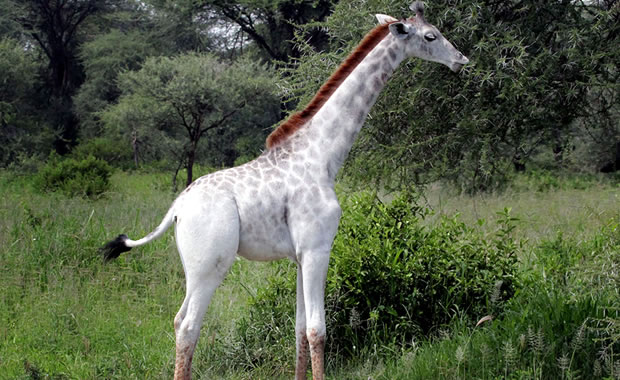
Ocelot
|
Creature Profile
The ocelot is found in Mexico and South and Central America. It has also been spotted as far north as Texas in the United States. Adults can weigh up to 24 lbs and can reach up to five feet in body length. The coat of the ocelot is very similar to that of the jaguar. Its coat varies in color from whitish or tawny yellow to reddish gray to gray and its underside is white. Its entire body is covered with black-bordered blotches that are lighter in color in the center.
Ocelots prefer to live in densely covered habitat and are able to thrive in a variety of different types, ranging from dense thorn scrub to mountainous regions and tropical forest. They are generally nocturnal and are solitary, but some ocelots of the same sex have been found sharing trees for resting. They are also very territorial and will sometimes fight to the death for their territory. The diet of the ocelot includes small mammals, such as monkeys and rodents, snakes, fish, amphibians, and birds. Mating can occur year round, and the females give birth to two to four kittens after an estimated 70-day gestation period.
The main threat to the species is deforestation and habitat destruction. Also ocelots have a small litter size and one of the longest gestations and growth rates among the small cats, and a high infant mortality rate. Before ocelot hunting was banned, hundreds of thousands of ocelots were killed for their fur which was once considered very valuable causing a decline in numbers in many countries. Ocelots are now legally protected.
Wikipedia Article

|
Wikipedia Article Copyright Notice: This article is licensed under the GNU Free Documentation License. It uses material from the Wikipedia article "Ocelot". |
Conservation Links:
Big Cat Rescue
May 6, 2017
Glenn, C. R. 2006. "Earth's Endangered Creatures - Ocelot Facts" (Online). Accessed 5/7/2024 at http://earthsendangered.com/profile.asp?sp=734&ID=5.
Need more Ocelot facts?




